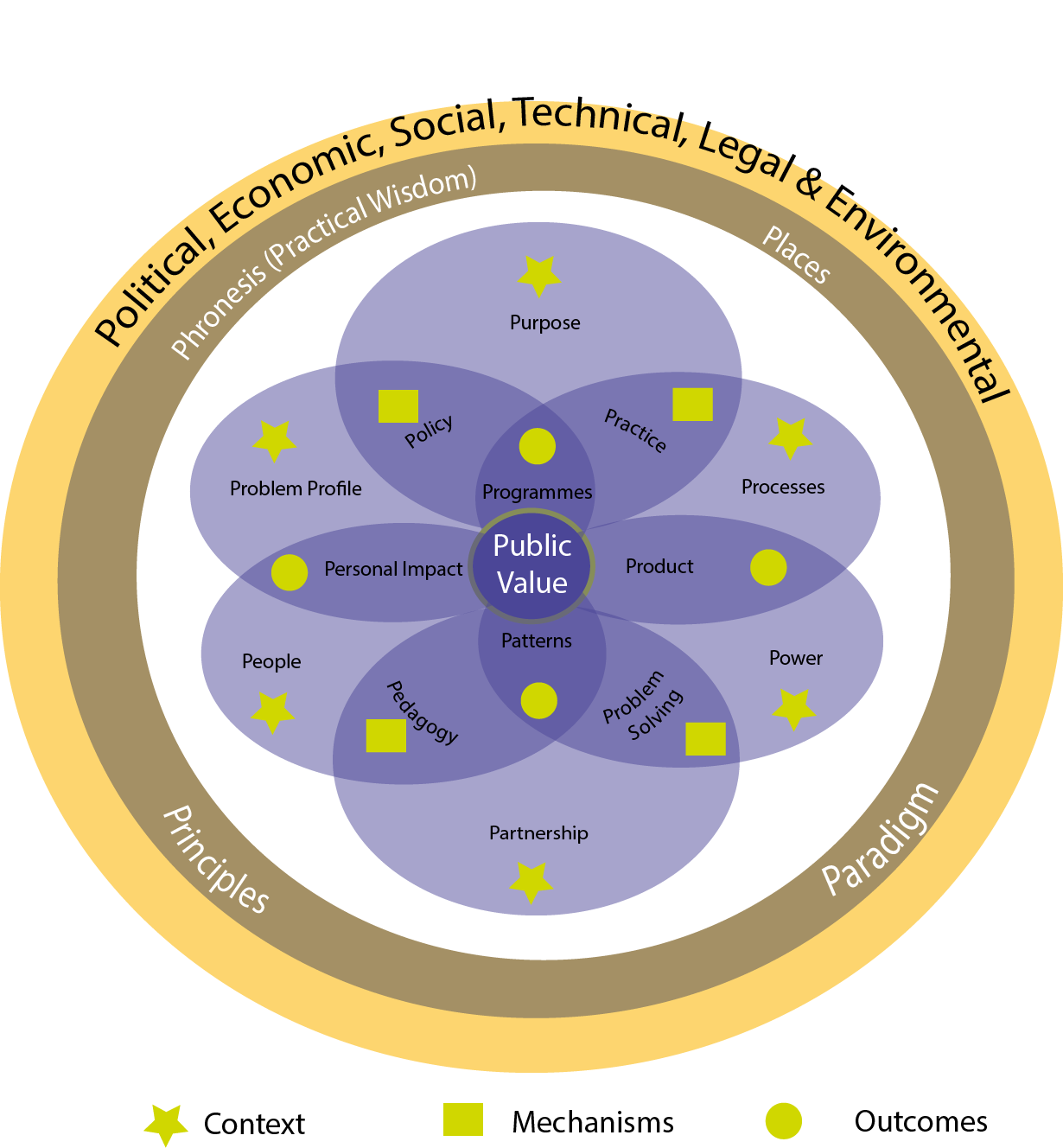
Exploring Collective Leadership
Working together collaborativelyThe meaning of ‘Collective Leadership’

Collective leadership is a “form of leadership based on shared values, rather than individual leadership based on self-interest”.
After many years of practicing and studying leadership, Stephen Brookes had been musing over the problem of individual versus collective leadership approaches and eventually coined the phrase of public leadership - as a form of ‘collective leadership’ - based on his research over a number of years. This was in response to the detrimental effect that thirty years of New Public Management (NPM) resulted in by focusing on ‘counting what can be counted’ rather than counting what counts; the overall outcome of effective public leadership is the creation and demonstration of public value. He defined collective leadership as a “form of leadership based on shared values, rather than individual leadership based on self-interest” (Brookes 2016) and, further, that a “collective leadership framework places (leadership) behaviours as a high-level outcome of shared values”. Several frameworks are nested within the overall framework of collective leadership, although the overall outcome of collective leadership is that of creating and demonstrating public value. Brookes thus suggests that collective leadership can be assessed in the achievement of overall public value. The CLI is the means by which this can be achieved.
The overall frame of reference is the ’20 Ps of collective leadership’ influenced by realistic evaluation as applied to the study and practice of leadership; it thus outlines the resultant collective leadership framework. One benefit of using a realistic evaluation approach is that leaders and leadership adapt and change according to the attributes of the people involved in leading, those who ‘follow’ and internal dynamics. A second is that leadership activities produce complex patterns of outcome, with winners and losers, successes and failures. A third is that the external conditions for leaders and leadership are apt to vary and to change over time, and as Tilley 1 argues , “sometimes in chaotic and inherently unpredictable ways”. The realist is interested in identifying and testing configurations, rather than one-to-one causal relationships. The relatively simple framework relies upon the configuration of context, mechanisms and outcomes (CMO configurations).
[1] TILLEY, N. 2010. Can Leadership be Evaluated? In: BROOKES, S. & GRINT, K. (eds.) The Public Leadership Challenge. Basingstoke: Palgrave Macmillan (page 634).



